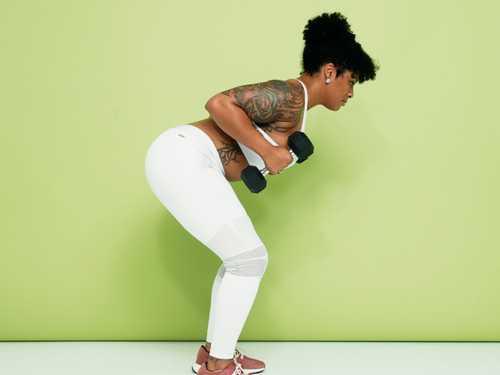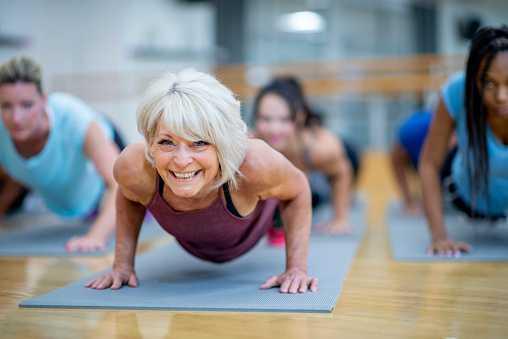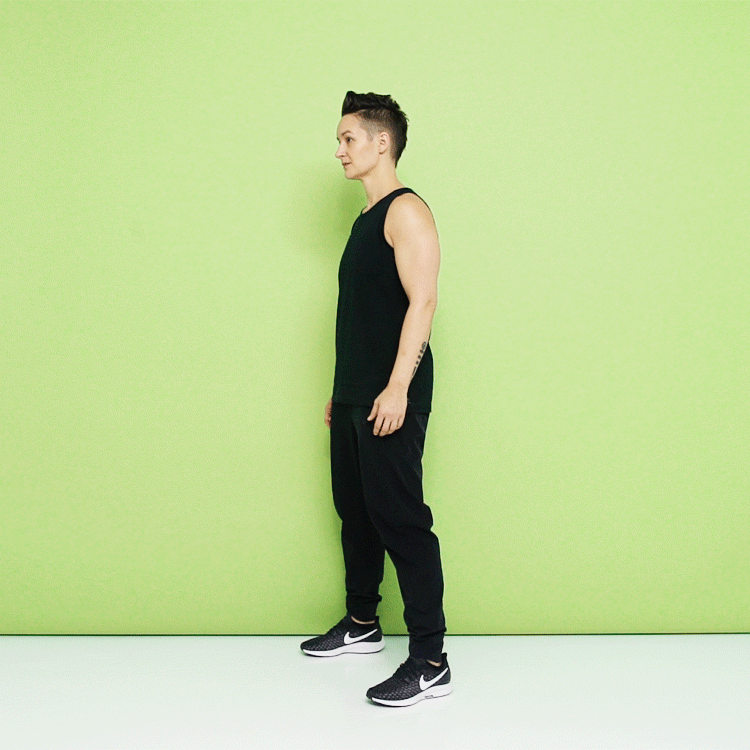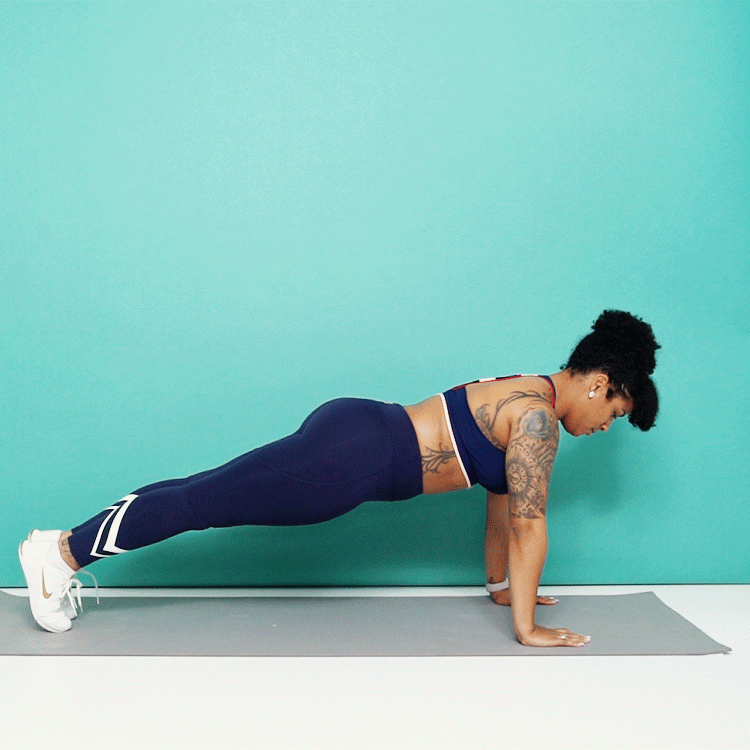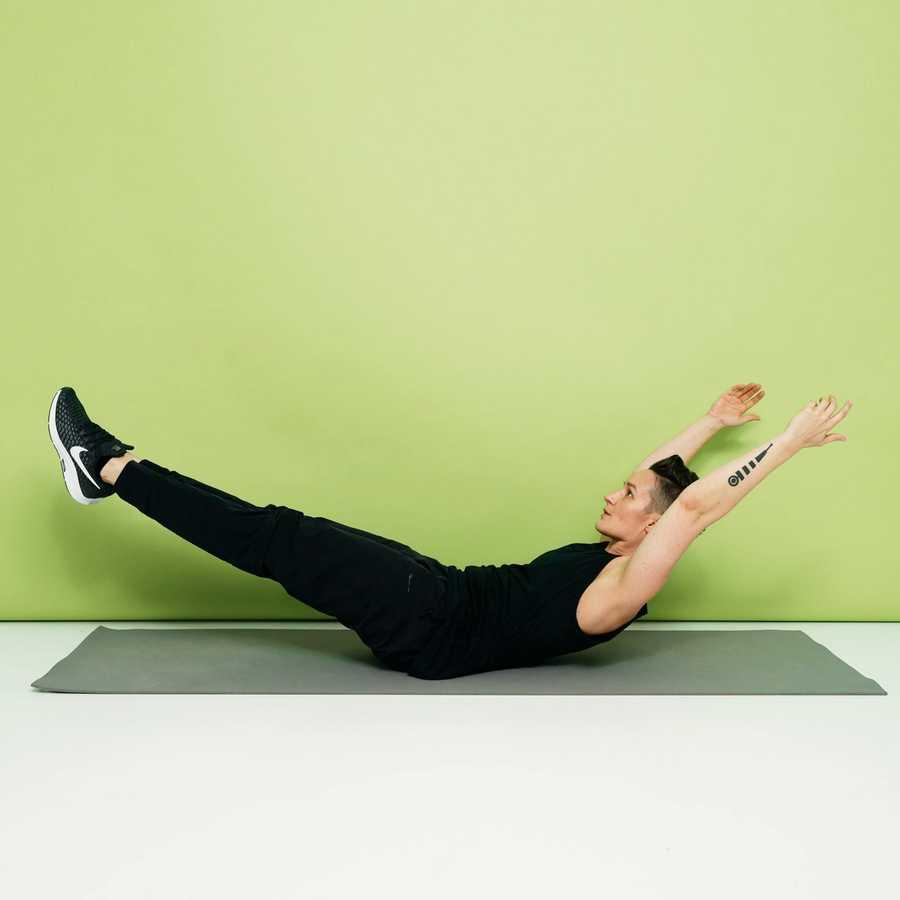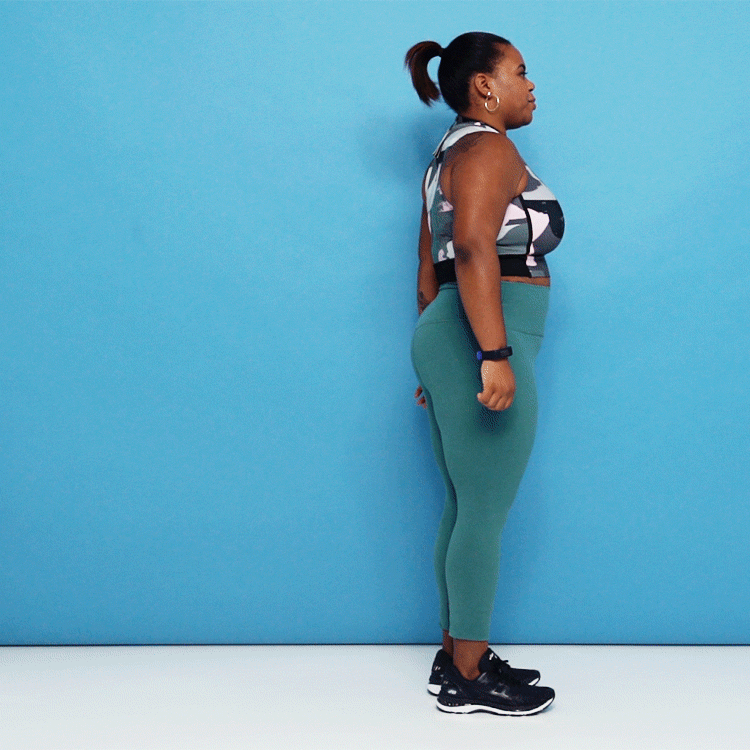The 8 Best Strength-Training Exercises for Beginners
Curated from: self.com
Ideas, facts & insights covering these topics:
11 ideas
·4.54K reads
43
1
Explore the World's Best Ideas
Join today and uncover 100+ curated journeys from 50+ topics. Unlock access to our mobile app with extensive features.
Strength training fundamentals
You don't need anything fancy when you start with strength training. All you need is some basic moves, consistency, and patience.
The key to enjoying strength training is starting with a good foundation of exercises that work every part of your body. When you focus on a handful of main moves, you'll find it easier in a short time. From there, you can progress to different weights, advanced variations or new exercises.
76
566 reads
Strength training makes life easier
Resistance training helps your body stay functional and healthy in the long term.
Increased muscle strength can make everyday movements easier, such as getting up off the floor, carrying groceries up the stairs, or putting a bulky object on an overhead shelf.
With age, maintaining muscle strength becomes even more important. Resistance training helps to improve balance, build bone density, reduce the risk of falls, and increase cognitive well-being.
74
593 reads
What you need to know before you start
- Strength training twice a week is sufficient to increase muscle mass.
- Start by focusing on compound movements that involve multiple joints, such as squats.
- Include both pushing and pulling exercises to ensure you maintain good muscular balance and exercise all the muscle groups.
- Use a weight that you can lift for about six reps per set with proper form.
- Give yourself 2 to 5 minutes of rest between sets to allow sufficient recovery.
- A beginner can perform one to three sets per exercise.
88
639 reads
Squat
- Stand with your feet a little more than hip-width apart.
- Lower your hips into a squat as you bend your knees and keep your back flat.
- Lower yourself until your thighs are parallel to the floor.
- Push your heels into the floor.
- Keep your heels flat on the floor and knees aligned with your second toe.
The squat exercises your glutes and core muscles. If you find it too difficult, squat in front of a chair and lightly ta your butt to the chair.
83
495 reads
Deadlift
- Stand with your feet hip-width apart, knees slightly bent, arms relaxed, with a dumbbell in each hand.
- hinge forward at your hips and bend your knees slightly as you push your butt way back. Keeping your back flat, slowly start to lower the weight along your shins until your torso is almost parallel to the floor.
- Push through your heels to stand up straight and return to the starting position. Remember to lift with your legs, not your back.
- Pause at the top and squeeze your butt.
This exercise is great to train your glutes and hamstrings. It also engages your shoulders, back, and core.
78
399 reads
Glute bridge
- Lie on your back, knees bent and feet flat on the floor, hip-width apart. With a dumbbell in each hand, rest the weights just under your hip bones.
- Squeeze your glutes and abs, and push through your heels to lift your hips off the floor until your body forms a straight line from your shoulders to your knees.
- Hold for a second, then slowly lower your hips.
Glute bridges target the glutes, engage the hamstrings and core muscles. They also help to build leg strength and core stabilisation.
80
374 reads
Push-up
- Start in a high plank with your palms flat on the floor, hands shoulder-width apart, shoulders above your wrists, legs extended behind you, and core and glutes engage.
- Bend your elbows while you lower your body to the floor. Drop to your knees if you need to.
- Push through the palms of your hands to straighten your arms.
The push-p works all the pressing muscles in the upper body, including the chest, shoulders, and triceps.
77
329 reads
Bent-over row
- Keep your feet hip-width apart and a dumbbell in each hand with your arms at your sides.
- With your core engaged, hinge forward at the hips while pushing your butt back. Bend your knees slightly and ensure not to round your shoulders.
- Look a few inches in front of your feet to keep your neck in a neutral position.
- Pull the weights up toward your chest, keep your elbows close to your body, and squeeze your shoulder blades at the top of the movement for two seconds.
- Slowly lower the weights by extending your arms toward the floor.
This exercise uses all the muscles in your upper body.
77
278 reads
Hollow-body hold
- Lie faceup on a mat, legs extended and arms straight over your head, keeping them close to your ears.
- Contract your abs to press your lower back into the ground.
- Point your toes, squeeze your thighs together, squeeze your glutes, and lift your leg off the ground.
- Lift your shoulders off the ground and keep your head in a neutral position.
- Your legs and mid-back should be off the floor and just your lower back and hips on the ground.
- Hold this position for as long as you can while maintaining proper form.
This exercise maintains core stability and creates a stronger foundation for other moves.
80
267 reads
Dumbbell chopper
- Stand with your feet wider than hip-width apart, core engaged, hands clasped together or holding a small towel or dumbbell in both hands by your left leg.
- Raise your arms diagonally in front of your body to the upper right of your reach, allowing your torso and toes to rotate naturally.
- Now “chop” the weight down to the left, bringing it across the front of your body and aiming for your left ankle, naturally rotating in that direction. Focus on keeping your lower body stable and turning from your core.
- Do all your reps on one side, and then switch sides.
78
256 reads
Reverse lunge
- Stand with your feet about shoulder-width apart with core engaged.
- Step backwards with your right foot, landing on the ball of your foot and keeping your heel off the ground.
- Bend both knees to 90 degrees as you sink into a lunge. Keep your core engaged and hips tucked (don’t stick your butt out). Ensure your hips aren’t tilting to the side or forward and back.
- Push through the heel of your left foot to return to your starting position.
The exercise works the glutes, legs, and core.
77
351 reads
IDEAS CURATED BY
CURATOR'S NOTE
This article contains a basic list of beginner exercises to encourage a good strength-training foundation.
“
Fiona I.'s ideas are part of this journey:
Learn more about health with this collection
Proper running form
Tips for staying motivated
Importance of rest and recovery
Related collections
Similar ideas
5 ideas
Turn Household Chores into Legit Workouts
thehealthy.com
4 ideas
Read & Learn
20x Faster
without
deepstash
with
deepstash
with
deepstash
Personalized microlearning
—
100+ Learning Journeys
—
Access to 200,000+ ideas
—
Access to the mobile app
—
Unlimited idea saving
—
—
Unlimited history
—
—
Unlimited listening to ideas
—
—
Downloading & offline access
—
—
Supercharge your mind with one idea per day
Enter your email and spend 1 minute every day to learn something new.
I agree to receive email updates
